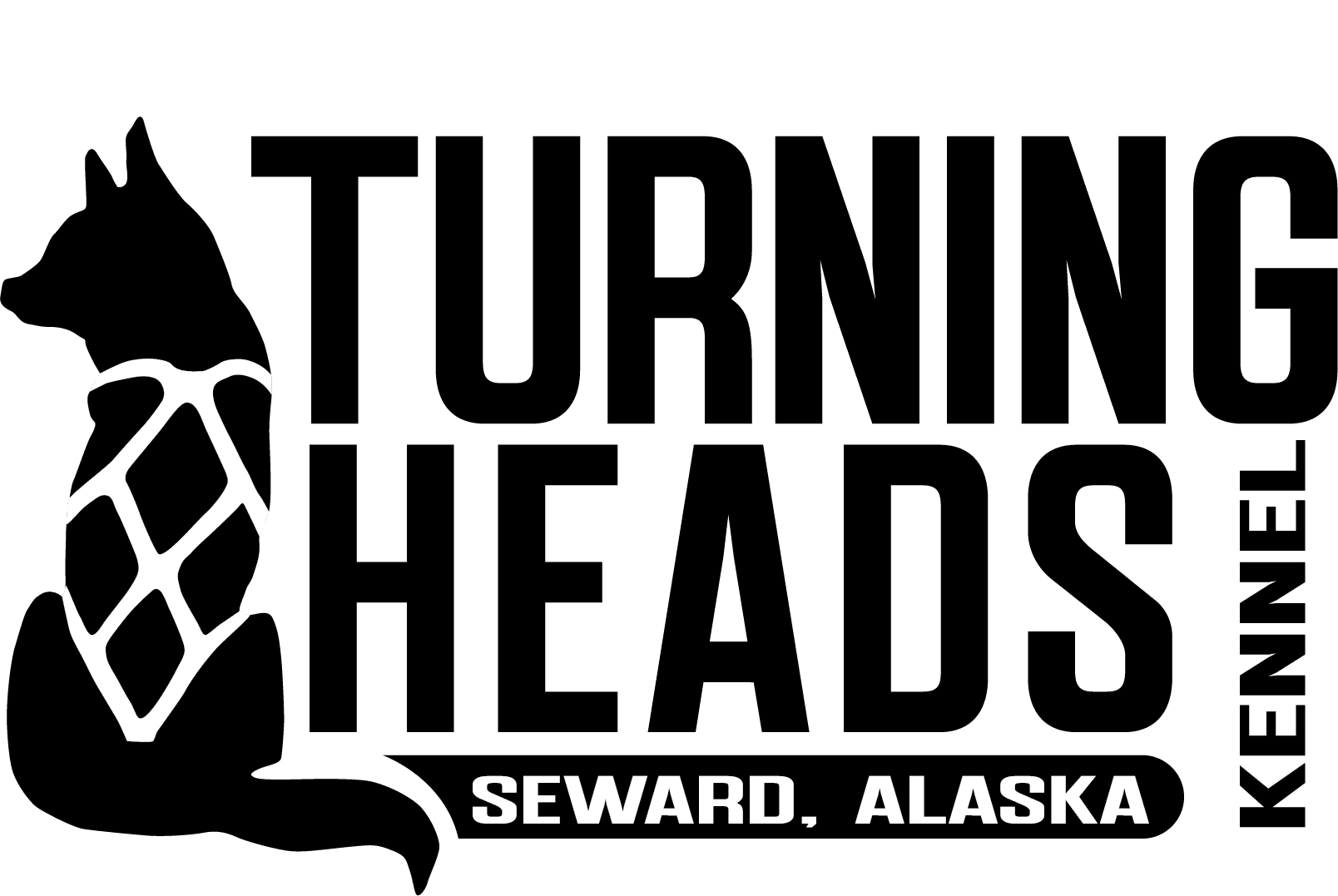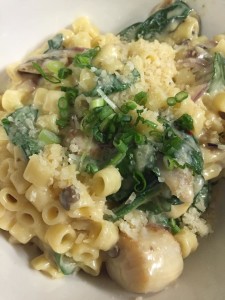We are writing this article for our fellow dog mushing friends who are looking for ways to incorporate more local outreach into their kennel. After the Sockeye Wildfire devastated the mushing community of Willow, many mushers and non-mushers alike banded together to help the displaced sled dogs get new homes. Operation Doghouse became a community-wide effort dedicated to rebuilding houses for sled dogs that were lost in the Sockeye fire. Working together with #Operation DogHouse we thought it would be great if we could write about our own success as a kennel in hosting Paint-a-Pooloza and give advice on how to host a similar event.
It’s important as mushers and mushing fans that we work together to increase accessibility to our sport.
Paint-A-Pooloza was an event hosted at Turning Heads Kennel in May of 2015 as a way to involve the local community of Seward, its artists, and its children in our kennel. Running the event was a blast and we hope by publishing how we did this event that more kennels will be able to follow suit.
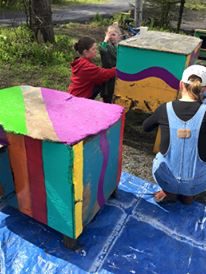 We added our event to our local community event page, for Seward we have two local online places to submit events: www.SewardEvents.com and www.SewardCityNews.com. Seward City News is an online publication and we used this platform to promote our event in the three weeks leading up to it.
We added our event to our local community event page, for Seward we have two local online places to submit events: www.SewardEvents.com and www.SewardCityNews.com. Seward City News is an online publication and we used this platform to promote our event in the three weeks leading up to it.
In addition, we created simple eye-catching flyers for our event and posted them throughout town with permission from the owners or managers of the property. Some high visibility places that we posted in our town included our local grocery stores, gas stations, and our public library. We also connected with key community leaders who were involved in boy scouts or girl scouts to help us promote our event and would ensure that families would know we were doing something. We advertised sled dog rides, because we are a tour kennel, but most children would be happy simply to meet sled dogs or learn about mushing. Children also love puppies so If you (or a neighboring kennel that wouldn’t mind sharing) have puppies, consider advertising that. We advertised hot dogs and root beer as well.
Preparing for our event, we choose several bright colors. We have always been a fan of bold “loud” colors because we feel like they make our dog yard a very happy place. In general we have found that a gallon of paint covers about 4 or 5 houses. We bought paint but also put out advertisements saying we were looking for old paint on local websites and our local Seward community Facebook groups. People are more than happy to get rid of their unused paint!
We then purchased the supplies we needed for our event. We estimated an attendance of anywhere between 50-100 people and realized unused supplies could be used later in the summer or for other events, as we frequently do staff barbecues throughout the summer. This may not be the case for every kennel however. We purchased 96 hot dogs and buns from costco, ketchup, mustard, relish, paper plates, plastic silver, and plastic cups. We also bought otter pops and ice cream as we were going to serve root beer. We also bought napkins, baby wipes, and purell.
For painting, we purchased 6 gallons of paint. We also picked up several different sized foam brushes as well as 4 brush sets (containing 11 brushes each) from Home Depot.
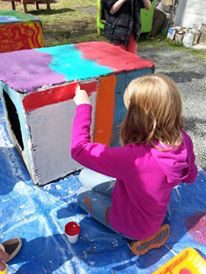 To prepare for the event we scrubbed our houses with a wire brush. Then we power-washed our dog houses to remove any old paint and dirt. We washed some houses the day of and during the event as we ran out of time. This didn’t prove to be a problem because they dried quickly.
To prepare for the event we scrubbed our houses with a wire brush. Then we power-washed our dog houses to remove any old paint and dirt. We washed some houses the day of and during the event as we ran out of time. This didn’t prove to be a problem because they dried quickly.
We poured paint into plastic cups for painters to use. Each cup of paint came with its own brush. People were encouraged to share, swap, and be creative as possible. We provided painters tape to those who wanted more geometrical designs.
The day of the event we closed our dog yard off but took turns taking small groups of people into the yard. Our dog yard is fenced. If you don’t have a fence around your dog lot consider getting plastic fencing or roping it off. Put up signs as well. We have a sign outside our dog yard that says “Not all dogs have good manners. Please do not enter without a guide.” Our dogs are used to guests and small children. If your dogs aren’t good with strangers, explain that. Every musher’s kennel is different and our dogs have lots of exposure to people they don’t know.
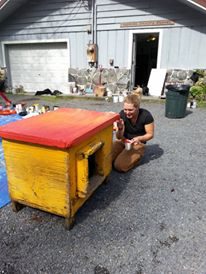 Another thing that you could do would be to set up a display of your winter gear to let kids try on or to see. It’s always nice to have an interactive element of some kind — just make sure everyone has clean paint-free hands before letting them touch your $800 parka!
Another thing that you could do would be to set up a display of your winter gear to let kids try on or to see. It’s always nice to have an interactive element of some kind — just make sure everyone has clean paint-free hands before letting them touch your $800 parka!
To make sure your event goes smoothly, make sure you have plenty of volunteers on hand able to help. We had two people dedicated to grilling during lunchtime hours and other volunteers who helped refill paint cups. Additionally, make sure you have two or three trash cans available. Hot dogs and baked beans were easy and were a big hit. The root beer and ice cream proved to be a nice, easy treat for a sunny day that the kids loved too.
We set a time limit for our event and advertised it lasting from 11-4pm. The last visitors left around 5pm because they wanted to finish their design; we knew that it would probably last longer than advertised and didn’t have a problem with that.
Don’t forget that some people are willing to help clean up. You can set up stations for washing brushes and disposing of leftover paint. We let our houses dry for 24 hours before moving them back into our yard and in with the dogs.
If you have any more questions, please feel free to email me at: Sarah@SewardHelicopters.com
